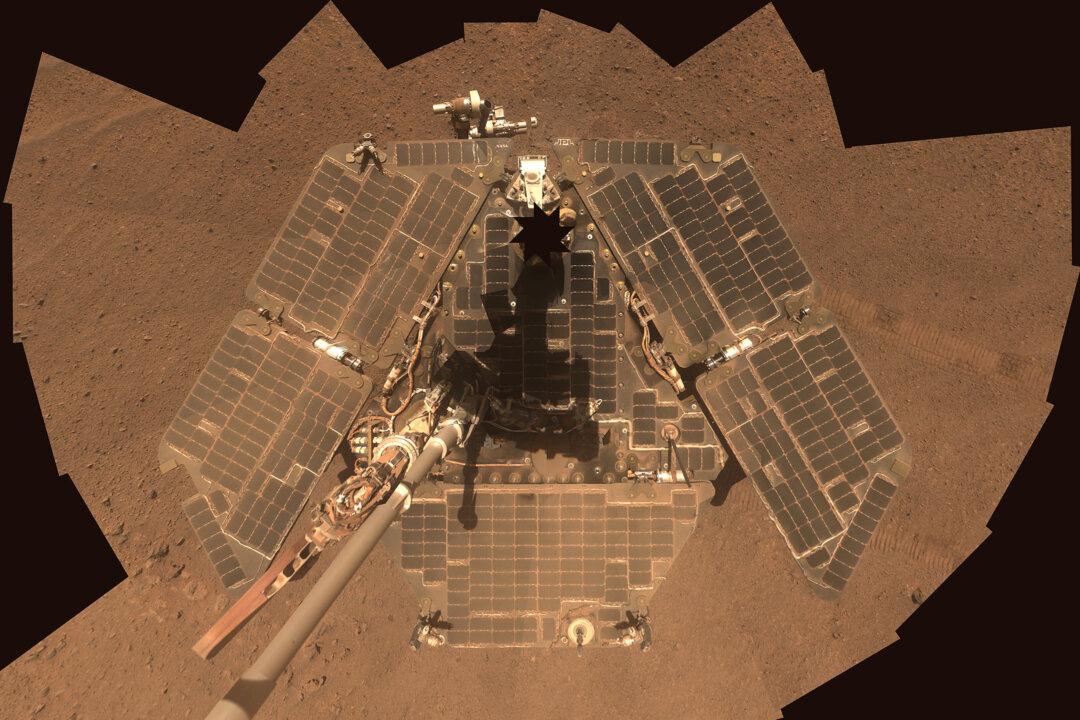NASA’s Opportunity Rover, which was launched in 2003, has ended its mission, said the U.S. space agency.
The rover spent about 15 years on the red planet. But eight months ago, Opportunity went silent, prompting NASA to declare it dead on Feb. 13.


NASA’s Opportunity Rover, which was launched in 2003, has ended its mission, said the U.S. space agency.
The rover spent about 15 years on the red planet. But eight months ago, Opportunity went silent, prompting NASA to declare it dead on Feb. 13.